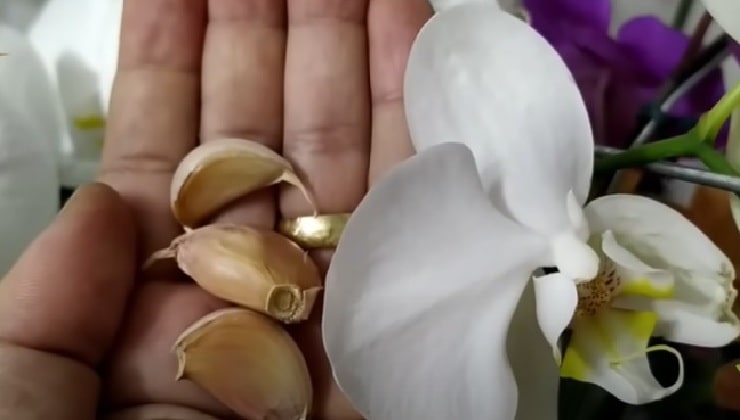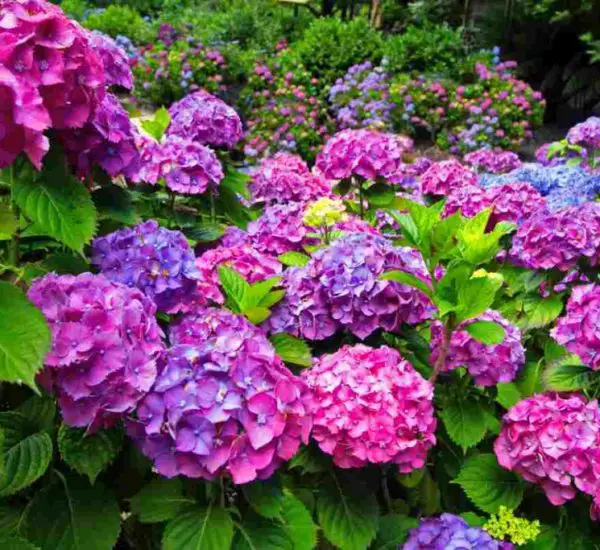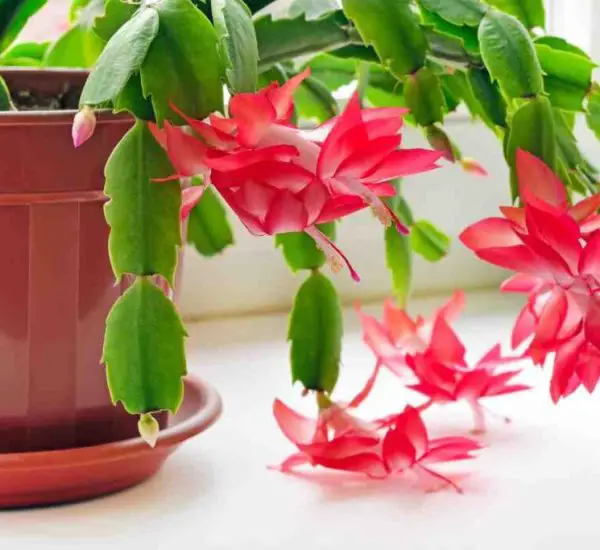Discover how this kitchen staple can work wonders in your garden and protect your plants.
Garlic: A Hidden Ally for Your Plants

Garlic, a member of the allium family that includes onions, leeks, and shallots, is widely known for its culinary and health benefits. However, you may be surprised by the amazing effects it can have when used on plants. Though it originated in Central Asia and was first used in India and Egypt thousands of years ago, garlic has proven to be a valuable ally in modern gardens. Its natural properties make it an effective tool for protecting plants from pests and diseases.
Nutritional Benefits of Garlic

Garlic is not just great for your meals; it’s also packed with essential micronutrients like manganese, vitamin B6, vitamin C, and selenium. With its antioxidants and polyphenols, garlic has numerous health benefits for humans, but it also has a special role in supporting plant health, especially in the garden.
How Garlic Helps Your Garden
Garlic’s protective properties make it a powerful natural pesticide and fungicide for plants. Planting garlic around trees and crops can help shield them from a variety of pests and diseases. Garlic has been known to repel aphids, spider mites, and nematodes, which are common threats to many plants, including fruit trees.
Garlic also acts as a bactericide and fungicide, especially when planted alongside tomatoes. Its ability to ward off pests makes it a great companion plant for other vegetables and fruits. For example, planting garlic near carrots helps to deter the carrot fly, while it also proves useful in protecting strawberries from harmful insects.
Garlic Tea: A Natural Aphid Repellent

One of the simplest and most effective home remedies to combat aphids is garlic tea. This easy-to-make solution can be sprayed on your plants to keep aphids at bay without the need for toxic chemicals. To make the tea, steep crushed garlic cloves in water and apply the mixture to the affected plants. It’s best to apply this at dawn or dusk, as the compounds in garlic degrade with heat and sunlight. Repeat the treatment for about five days for best results.
Garlic as a Fungicide
Garlic is also an excellent natural fungicide. To create your own homemade garlic-based fungicide:
- Blend a head of garlic with a few cloves and two glasses of water to make a smooth mixture.
- Let it sit for 24 hours to allow the garlic’s properties to steep.
- Mix the resulting solution with 3 liters of water and spray it directly onto your plants’ leaves to prevent fungal infections.
Homemade Garlic Insecticide
Garlic can also be used to create a powerful insecticide called APICHI, which targets soft-bodied insects like mites, whiteflies, aphids, and caterpillars. To make a homemade garlic insecticide:
- Peel and crush a head of garlic.
- Chop it finely and then mash it with a mortar.
- Place the mixture in a saucepan with 1 liter of water and let it macreate for 24 hours.
- Boil the solution for 5 minutes, allow it to cool, and strain it using a homemade filter.
- Transfer the liquid to a sprayer and use it as you would a regular insecticide.
Conclusion
Garlic is much more than just a kitchen essential. Its natural antibacterial, antifungal, and pesticidal properties make it a powerhouse in the garden. By incorporating garlic into your plant care routine, you can protect your garden from pests and diseases in a safe and eco-friendly way. Whether you’re using garlic as a repellent, fungicide, or homemade insecticide, it’s a simple and effective tool to keep your plants healthy and thriving.



